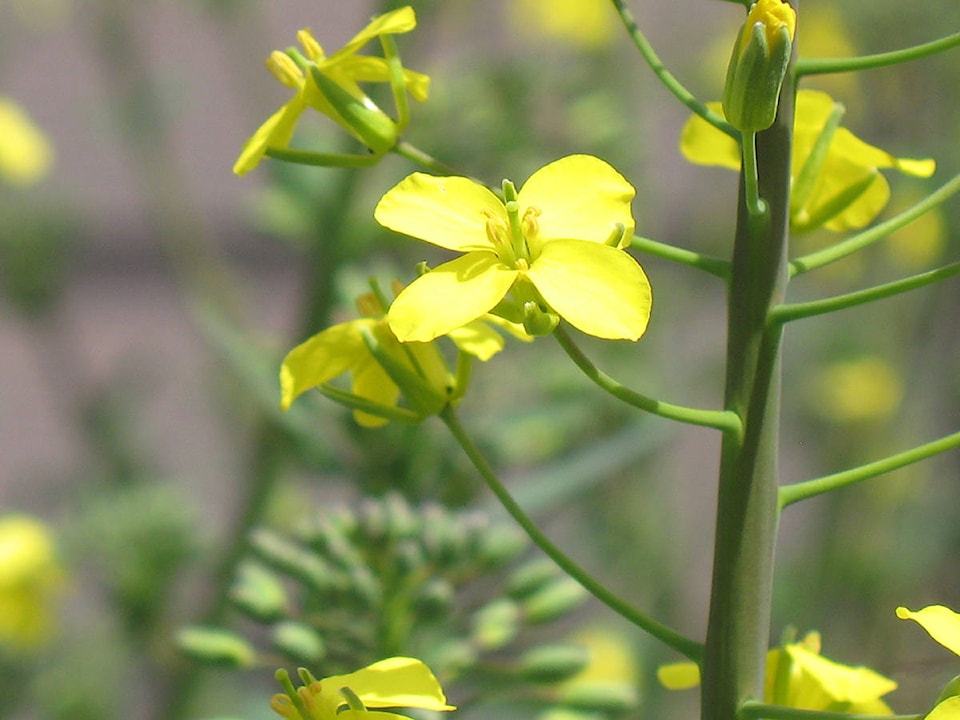By Mary Lowther
Cruciferous vegetables get their name from the cross shape of the four petals in their flowers.
Also called “cole” crops, these vegetables include cauliflower, Brussels sprouts, kale, cabbage and kohlrabi, and were all derived from the same plant, called wild cabbage or brassica. Our ancestors intervened, choosing some for their buds, others for their leaves and some for their stems. All parts above ground are edible, although my Sassenach husband wonders why anyone would ever develop kale. I know why — kale is hardy stuff that produces throughout our winters, never gets club root and reliably self seeds every year. Besides, it’s very nutritious.
It takes me a while to figure things out, but if all parts are edible (and they are), then I can safely eat all parts of every one that I grow, so cauliflower and broccoli leaves will be good, as will the buds of kale and cabbage if they get away on me. I’ve been conditioned by common usage to view these parts as compost, but not anymore. David and I enjoyed a few meals of broccoli leaves last year — well, I did anyway — I suspect his went back into the compost heap. After all that soil development and effort to grow great vegetables, it’s heartening to know I can eat all parts of these plants.
When I spent most of last year’s gardening season developing our new land down the road, I neglected my backyard garden and allowed whatever had gone to seed in the spring, to proliferate. I now have a fine crop of overwintered cross-pollinated cruciferous plants that probably resemble their ancestors. They’ve sent up budding stalks that have just begun flowering, attracting bees. Since they look so much like sprouting broccoli, I figured we should try some buds before they all flowered and went to seed. We did, and even David liked them. I picked some more for dinner today and once they’re all flowering I’ll let the bees have at them until they start going to seed, at which point I’ll cut them down and toss them into the compost heap. As hardy as they’ve been, I prefer the separate types that our ancestors developed and plan to use new seeds dedicated to these types.
By the way, these vegetables have been shown to reduce the risk of several cancers.
Please contact mary_lowther@yahoo.ca with questions and suggestions since I need all the help I can get.
